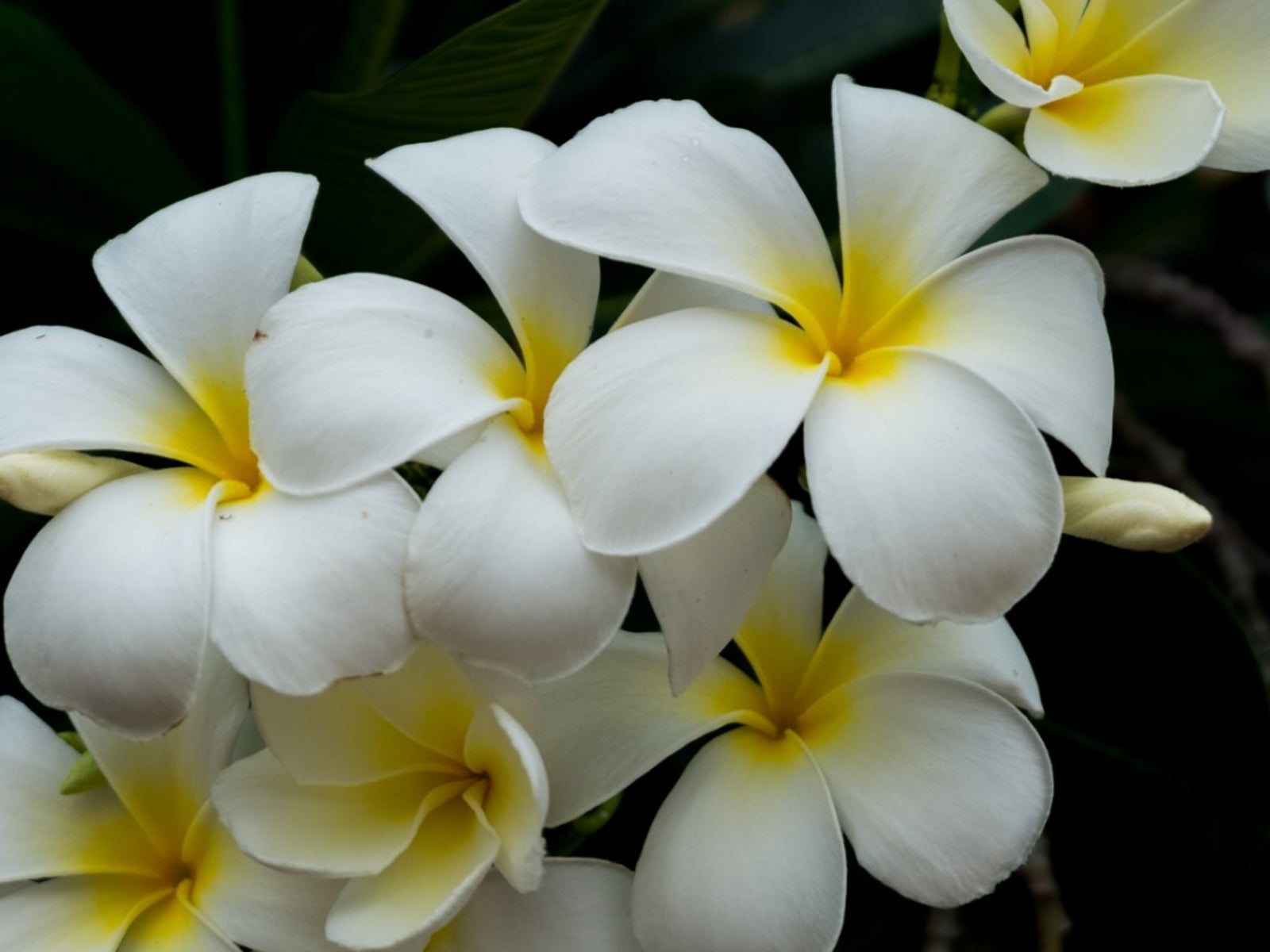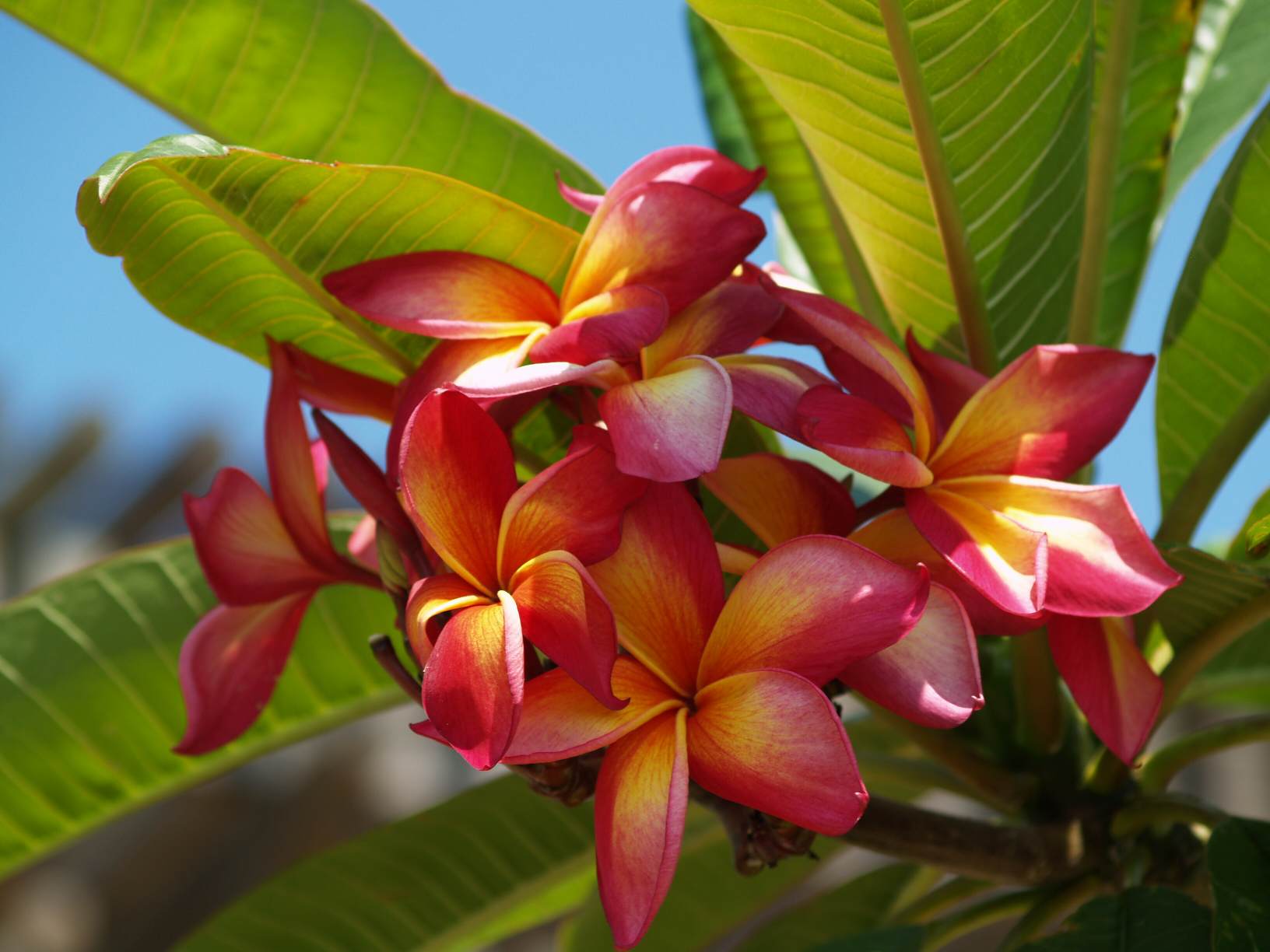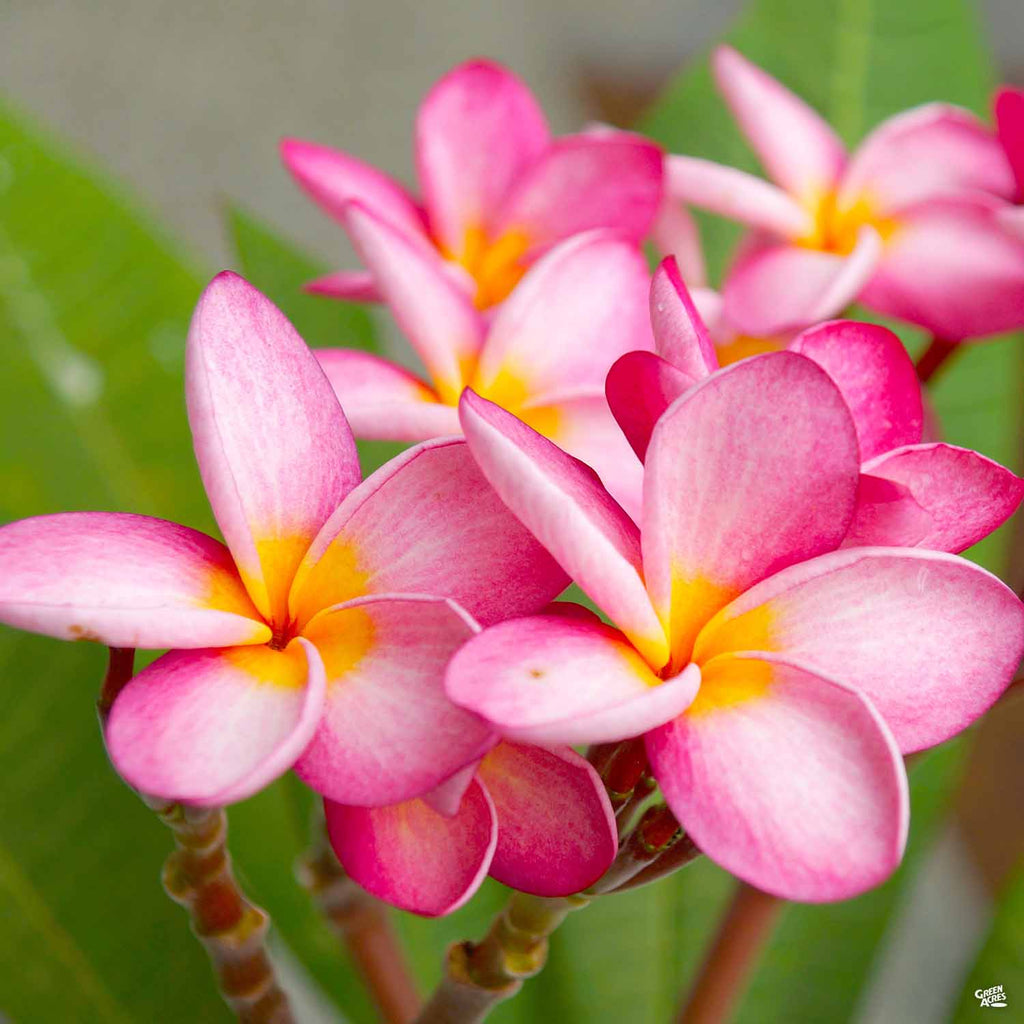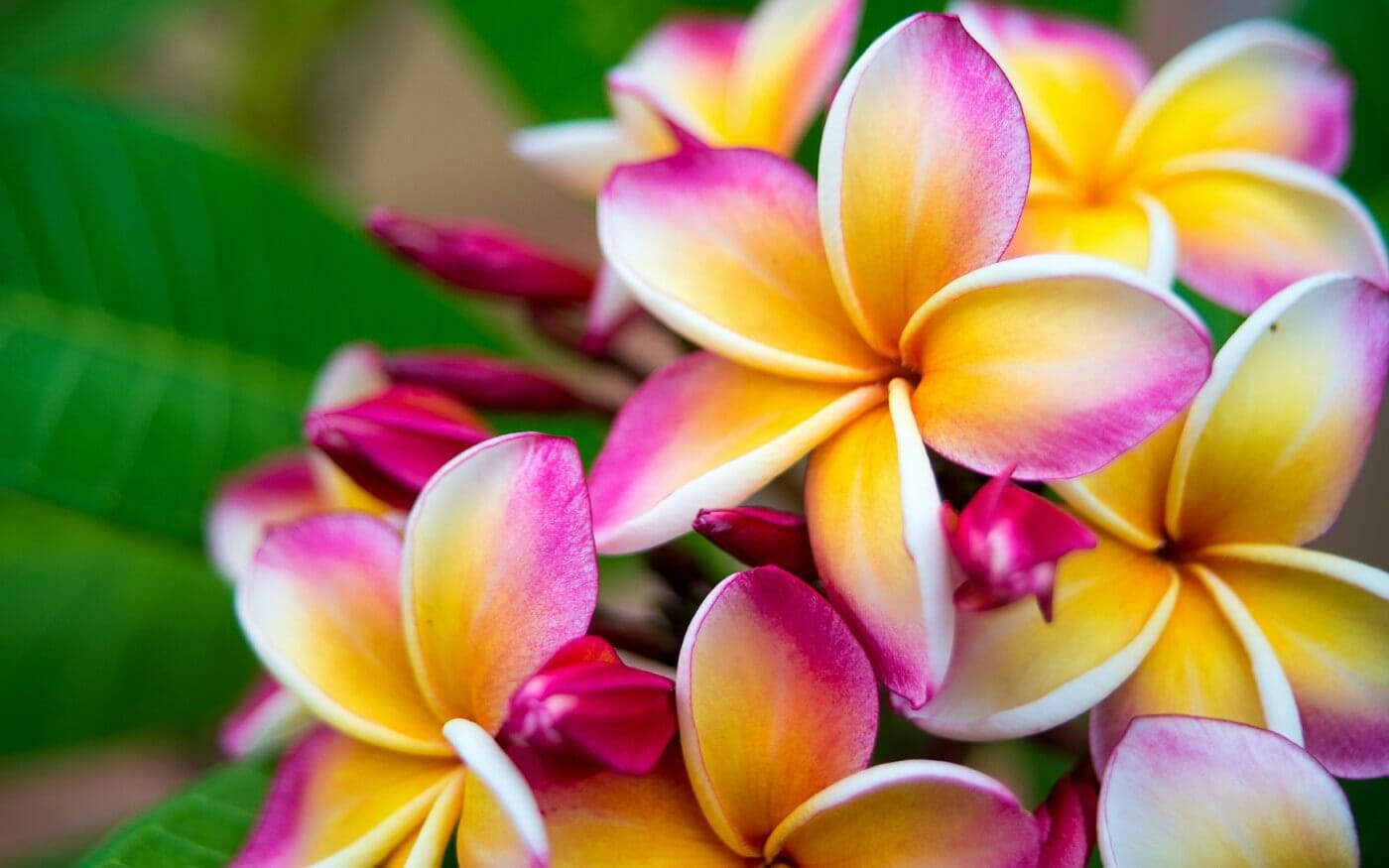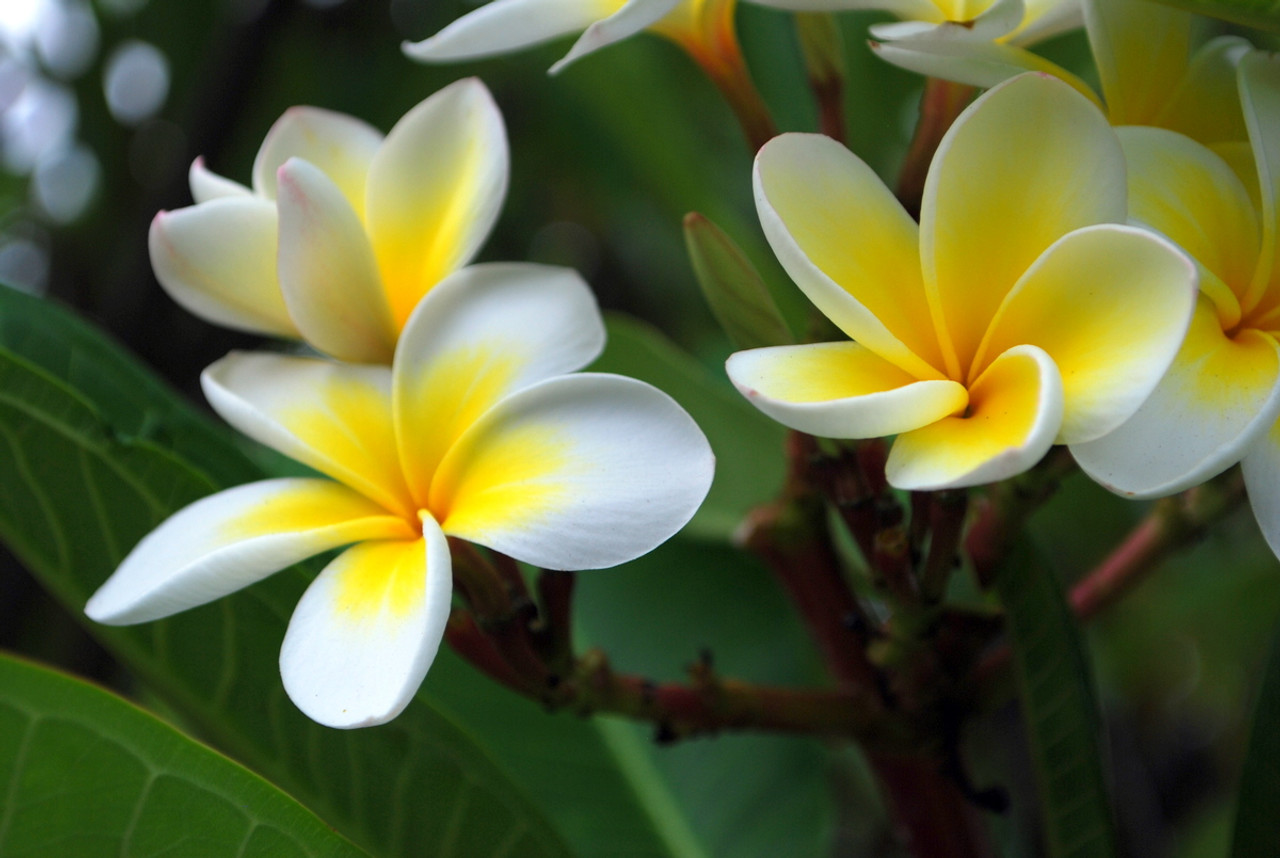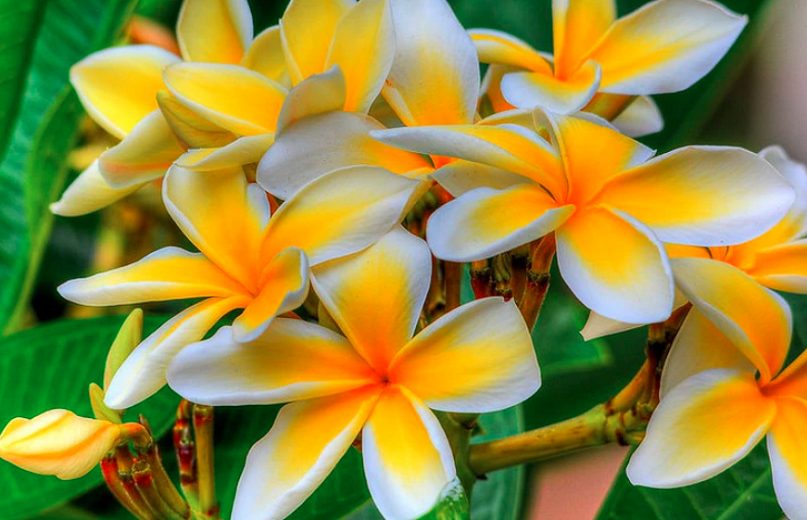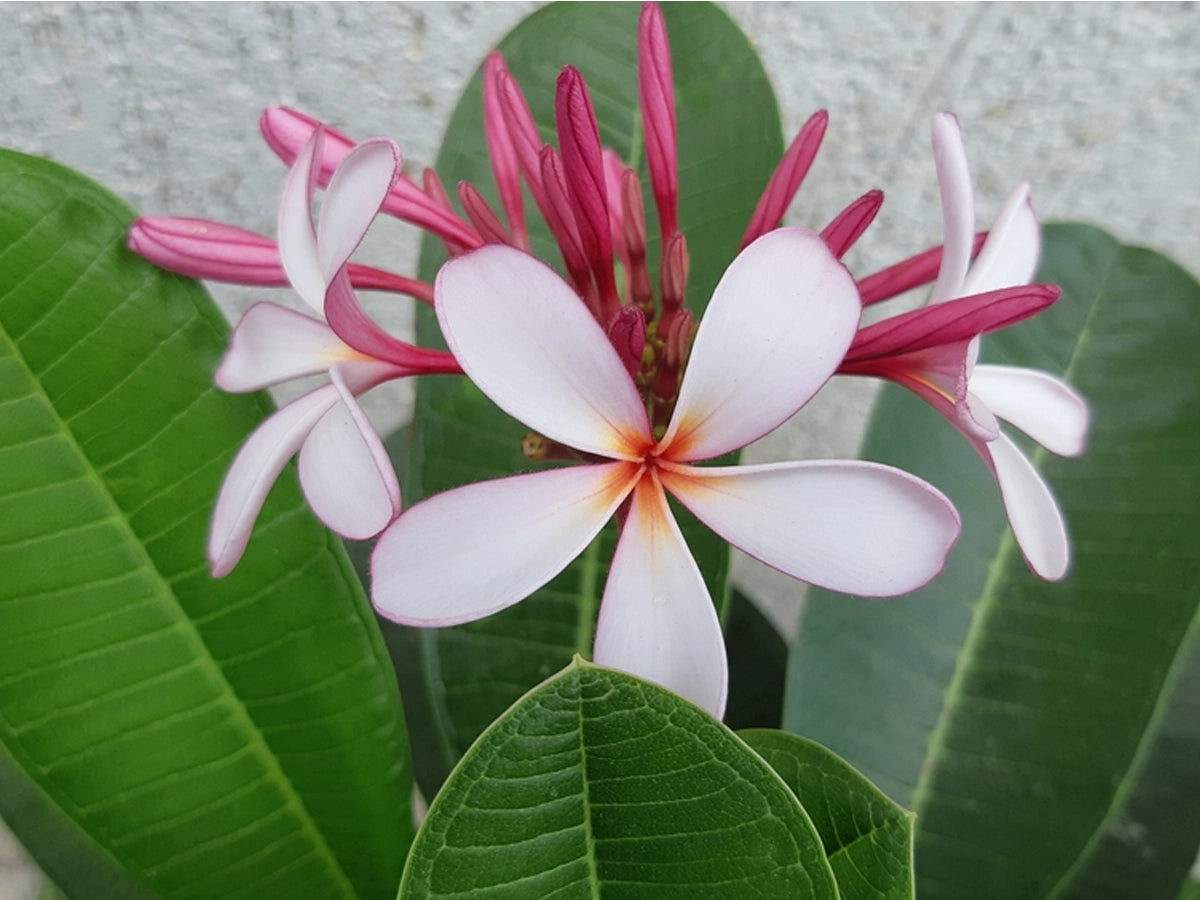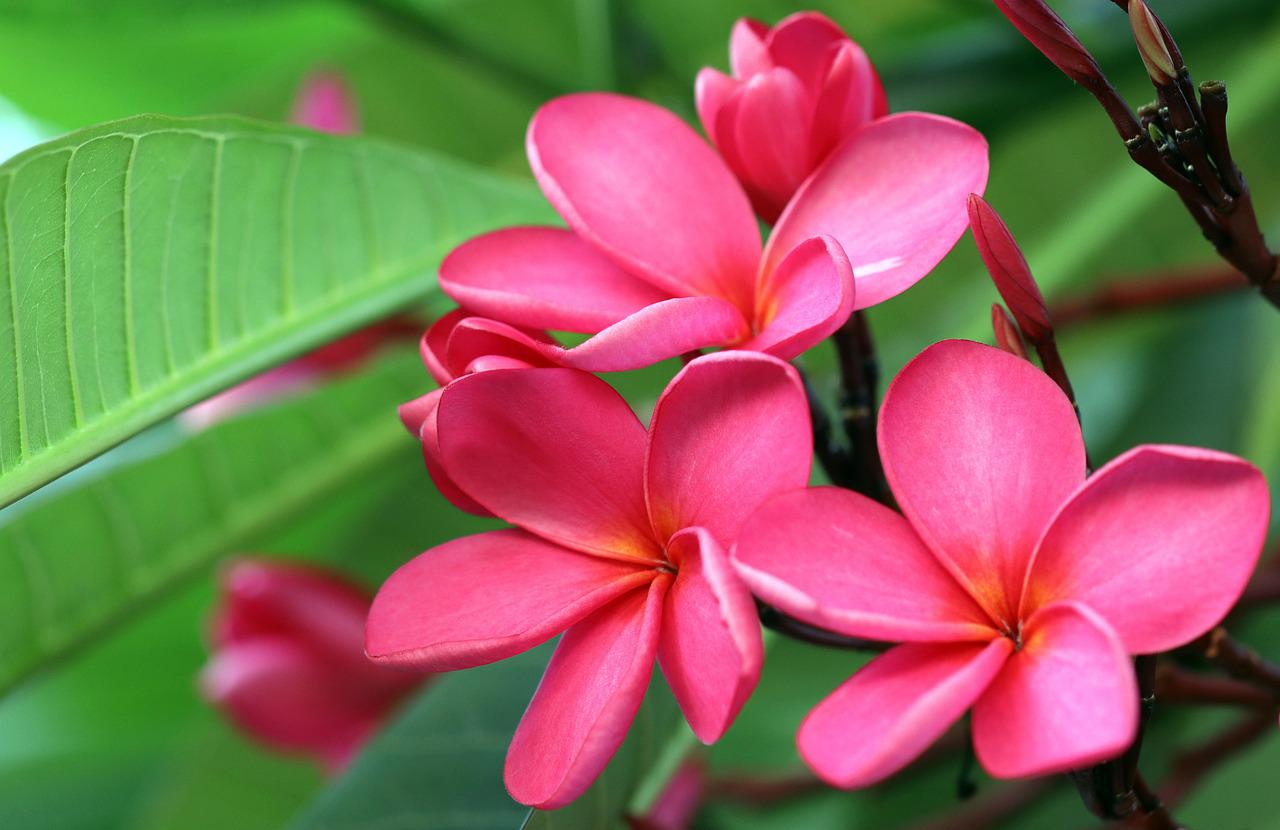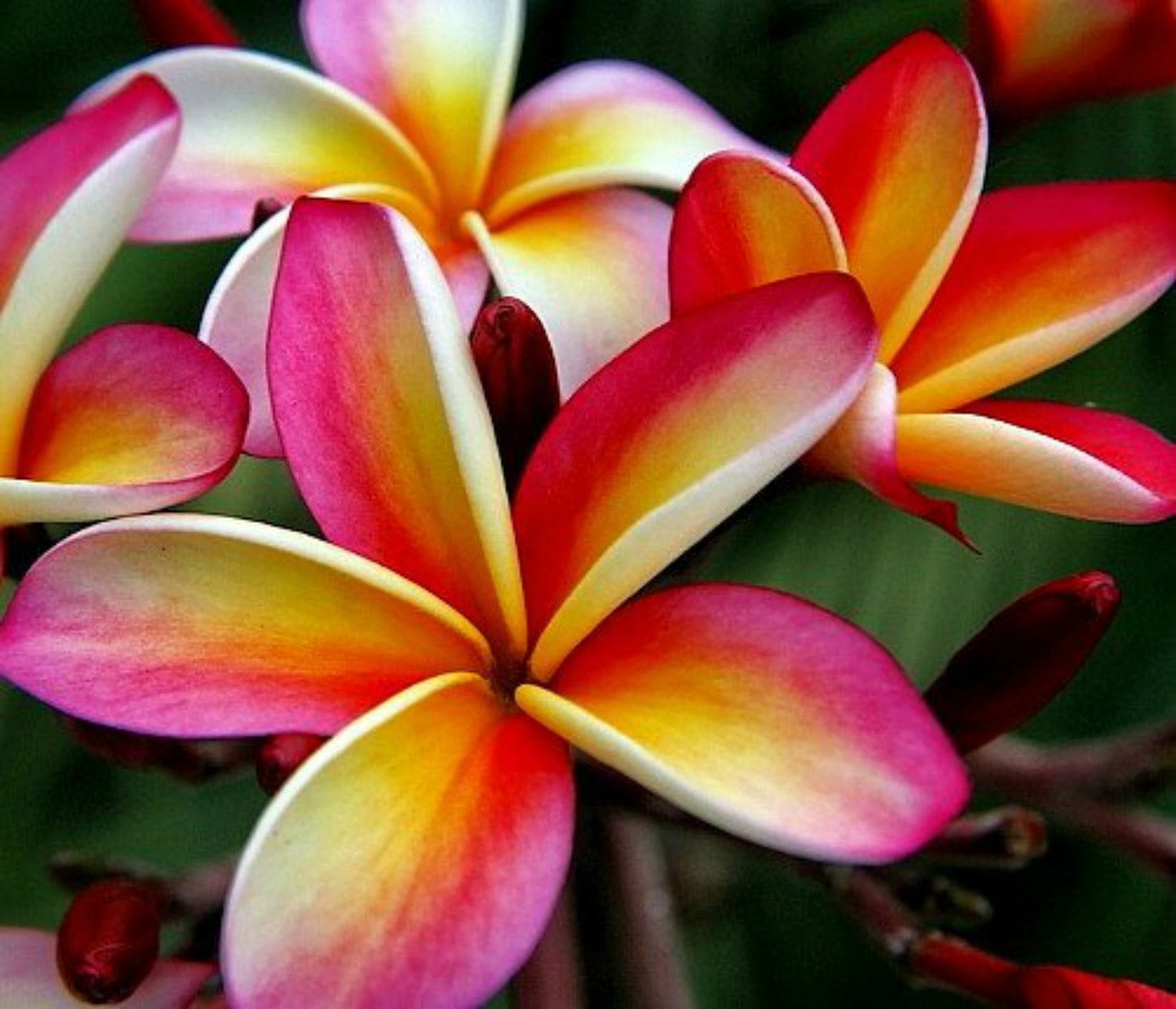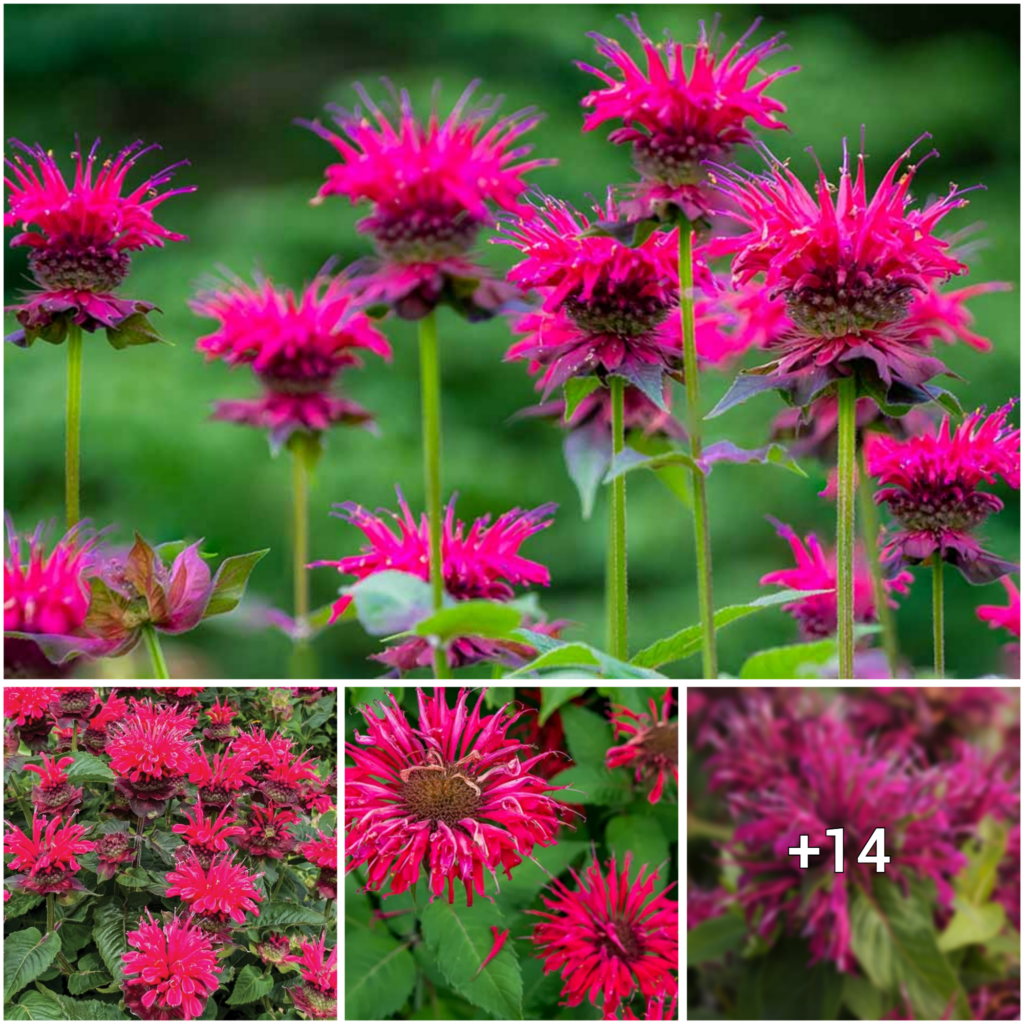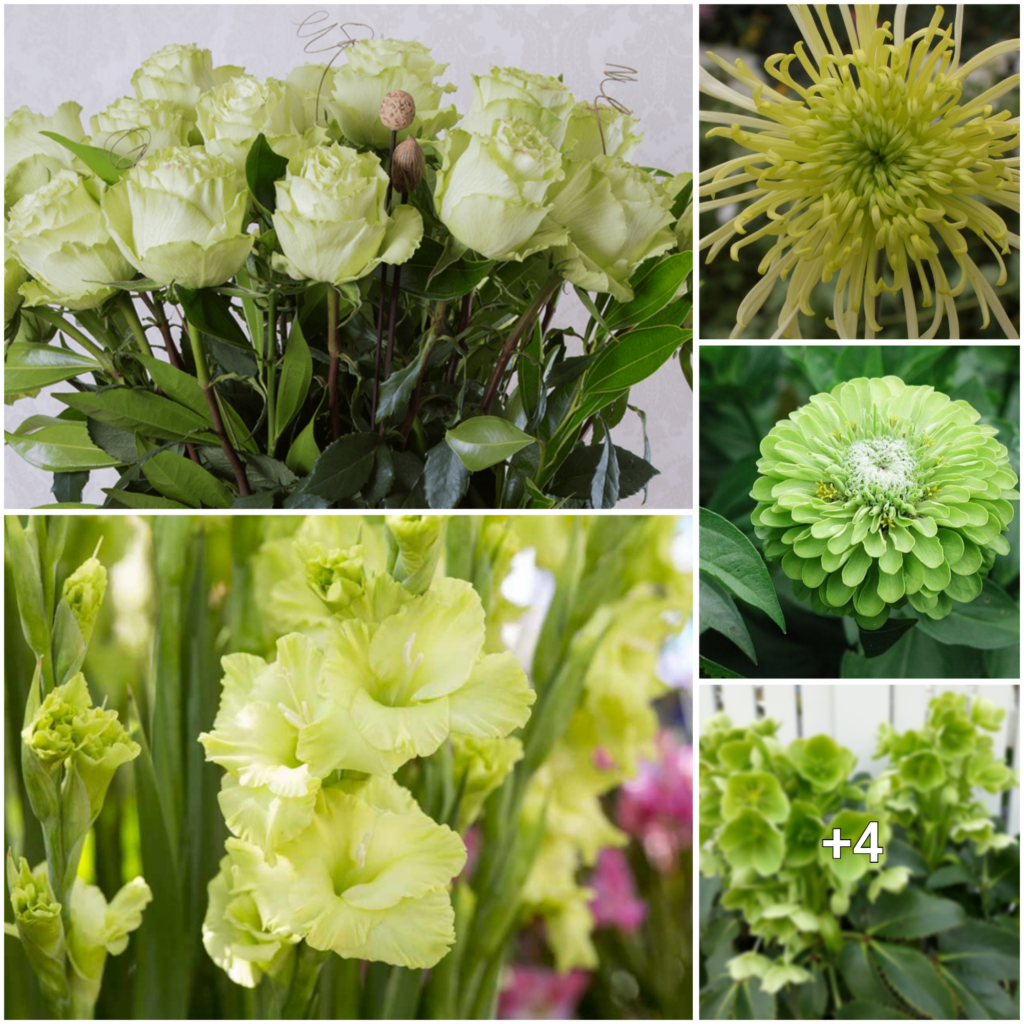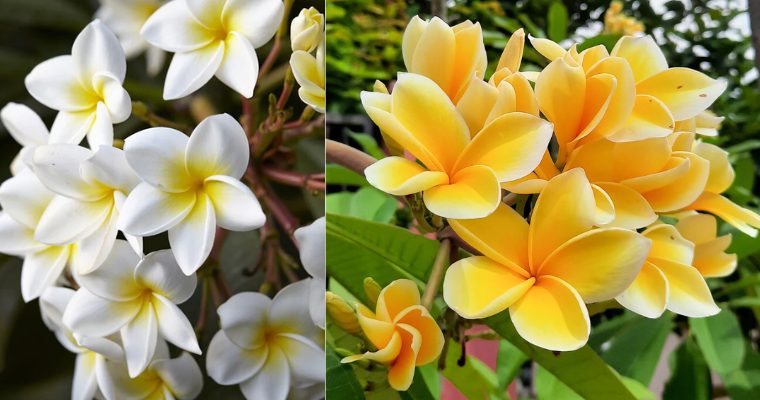
Plumeria is a tropical plant that’s well-known for its fragrant and vibrant flowers. However, getting it to bloom can be a challenge. If you’re in this situation, here are some practical tips to help encourage your Plumeria to blossom.
Make sure it gets enough sunlight: Plumeria needs direct sunlight to bloom. Plant it in an area that receives at least six hours of sunlight per day. If growing it indoors, place it near a south-facing window or use grow lights to provide sufficient light.
Use well-draining soil: Plumeria prefers nutritious soil that drains well. Use a potting mix designed for tropical plants. If planting it in the ground, add compost or organic matter for better drainage.
Water it properly: Overwatering is a common cause of Plumeria not blooming. Water it deeply but infrequently, allowing the soil to dry out slightly between watering. Also, avoid getting water on the leaves to prevent fungal diseases.
Fertilize regularly: Plumeria needs regular fertilization to bloom. Use a high-phosphorus fertilizer to promote blooming. Apply it every two weeks during the growing season or according to the instructions on the package.
Prune it properly: Pruning can help encourage Plumeria to bloom. Do this in late winter or early spring, before new growth begins. Remove dead or damaged branches and those that cross or rub against each other. This enhances air circulation for healthy growth and blooming.
In summary, providing adequate sunlight, well-draining soil, proper watering and fertilization, and appropriate pruning are essential to encourage Plumeria to bloom. Follow these tips to ensure that your Plumeria produces beautiful and fragrant flowers that will brighten up your garden or home.

